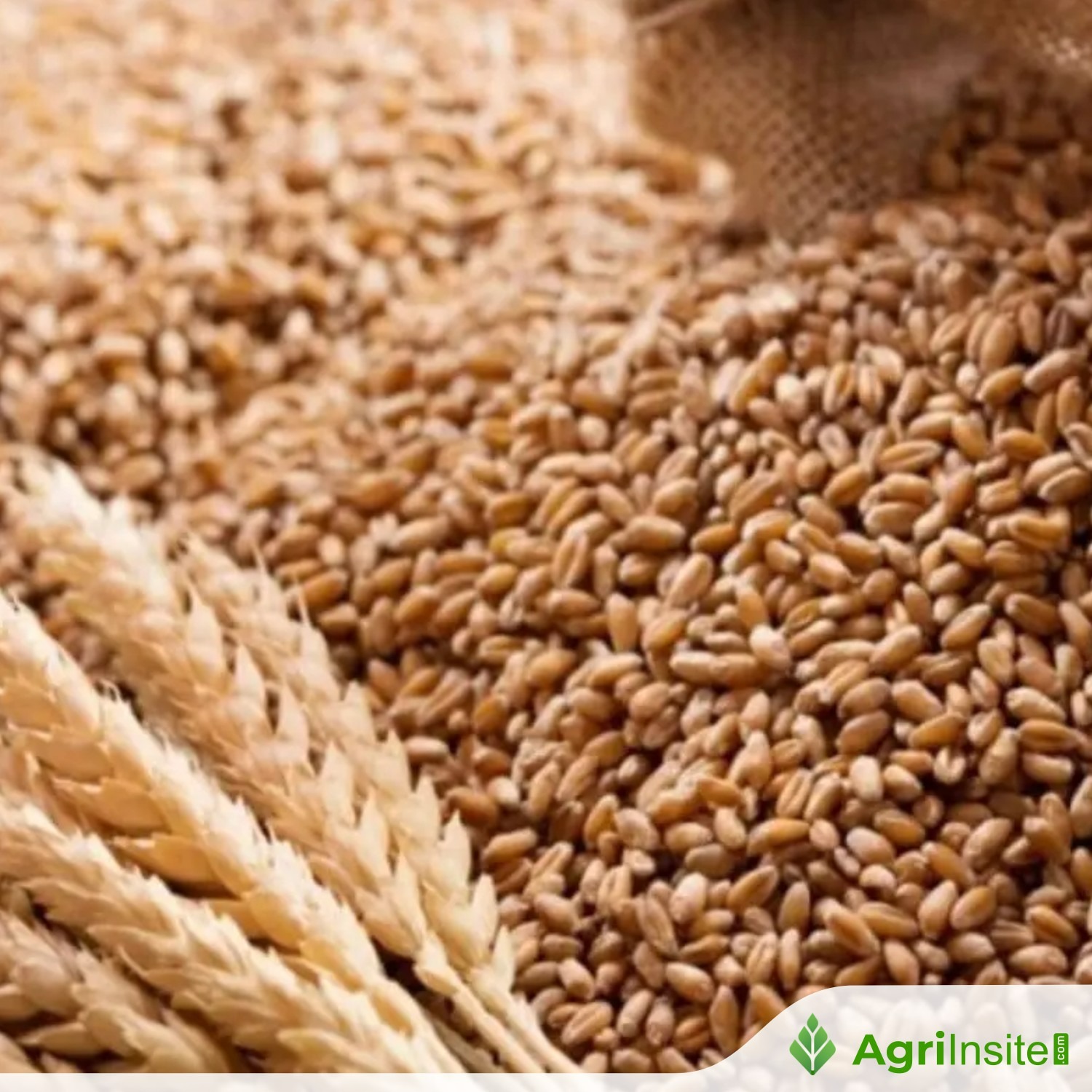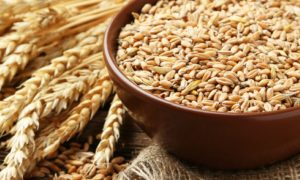Russia sets wheat price floor, urges direct sales as prices hit 3-month high

The Russian Ministry of Agriculture has backed the Russian Grain Union’s proposal to ensure that Russian grain is exported exclusively through Russian exporters, aiming to curb low-priced sales by foreign tender winners. An unofficial price floor for Russian 12.5% wheat has emerged, around $240-$250 per metric ton FOB, affecting market dynamics.
The Russian Ministry of Agriculture has backed the Russian Grain Union’s proposal to promote direct sales for exports, ensuring that “Russian grain should be supplied to consumers only by Russian exporters.” This includes a commitment not to sell Russian grain to foreign winners of tenders, the Union said on Oct. 11 after a meeting with exporters. “The vicious practice of recent months, caused by the vigorous activity and dumping of some new exporters, must be eradicated,” the Union added. The initiative aims to discourage the sale of Russian grain at low prices, with Russian wheat being the cheapest wheat in the Black Sea.
In July 2023, multinational companies exited the Russian grain market, selling their assets and shifting focus to other origins. As a result, Russian grain exports are now concentrated among a small number of exporters. Despite the market shift, some traders and intermediaries are still purchasing Russian grain on a FOB basis for resale in international markets.
“It will be more challenging to operate for some exporters,” one trader said.
“We need to see how it unfolds. It is impossible to proceed,” a second trader said.
Price floor
Additionally, as of Oct. 14, traders said that an unofficial price floor for Russian 12.5% wheat has been set at $250 per metric ton FOB, with some suggesting it might be $240/t for October shipments, $245/t for November, and $250/t for December. Russian 12.5% wheat offers for November shipments were heard at $245/t on Oct. 14, with limited buying interest as most buyers awaited further market details. The price floor has not been officially confirmed by the Russian Agriculture Ministry.
“I will try to get more clarity over the next couple of days,” one buyer said.
“There will definitely be a [confirmed] minimum level,” one seller said. “There is little grain to export. Either the prices are acceptable for Russia, or there is no export.”
Platts, part of S&P Global Commodity Insights, assessed the price of 12.5% Russian wheat at $234/t on Oct. 14, up 2.18% on the week, marking the highest price in three months.
This is not the first attempt by the Russian government to impose a price floor; in March 2023, an unofficial price floor was first known to the market at $275 FOB/t, with the price level varying over time. Evidence of this was seen in Egypt’s state board GASC tenders, where all Russian cargoes were priced at the floor. Traders said at the time that selling below this floor could lead to issues with phytosanitary certificates. Many sellers managed to bypass these restrictions by selling on a CIF basis, and traders expect similar tactics to be used this time.
“They can hide this FOB price floor if they are selling CIF,” one buyer of Russian wheat said.
Other origins may have a chance to compete in traditional markets if Russian wheat is priced too high. “It would take them out of the market,” one exporter said.
Platts assessed the price of FOB CVB 12.5% and 11.5% up 1.67% week on week to $243.75/t and $237.75/t on Oct. 14, respectively.
This comes as Russian exporters have been under pressure to reduce shipments, prompting calls for export restrictions, especially as exports approach last season’s levels despite lower production. So far this season (July-September), Russia has exported 14.73 million metric tons of wheat, close to last year’s 15 MMt, with Egypt being the leading buyer at 2.9 MMt. For 2024-25, Russia is expected to harvest 82.1 MMt, with exports projected at 47 MMt, down from 54.8 MMt in 2023-24, according to Platts data. Additionally, several Russian regions had declared emergencies due to extreme drought conditions in previous weeks, further impacting the 2025-26 crop and contributing to the recent price increase.
Export quota
Russia typically imposes caps on grain exports from Feb. 15 until the end of the marketing year on June 30. These limits are set for each grain exporter, with quotas allocated based on their export share from the previous year, with the leading exporters receiving the largest share of the export quota. For the 2024-25 season, the export quota has yet to be allocated. However, discussions are underway, the Union said, informed by an adjusted harvest grain forecast of 130 MMt and an estimated export potential of 55-57 MMt.
Export tax
The Russian Ministry of Agriculture has set its variable export tax for wheat up 40.96% week on week for the Oct. 16-22 period at Rb1,872/t, up Rb544 from the previous seven-day period, adding to the growing sense of significantly high taxes to curb wheat exports.
Russia introduced a fixed tariff on wheat exports in February 2021. A few months later, the government switched to a floating rate, recalculated weekly based on an index of trades in the preceding 60 days. To calculate the tariff, the Russian government sets a baseline price and applies a tax whenever the rolling price index is above that baseline. The tax is set at 70% of the difference between the market price and that baseline.
On May 19, 2023, the government increased the minimum price from Rb15,000/t to Rb17,000/t, further raising this to Rb18,000/t on July 1. The export duty is calculated as a percentage of the difference between a base price and the average export prices on an FOB basis during the 60 days preceding the day of calculation. For the latest calculation, that average is $215.80/t.

















